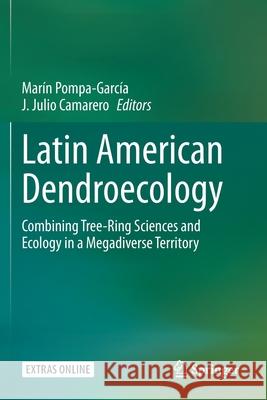Latin American Dendroecology: Combining Tree-Ring Sciences and Ecology in a Megadiverse Territory » książka
topmenu
Latin American Dendroecology: Combining Tree-Ring Sciences and Ecology in a Megadiverse Territory
ISBN-13: 9783030369323 / Angielski / Miękka / 2021 / 381 str.
Latin American Dendroecology: Combining Tree-Ring Sciences and Ecology in a Megadiverse Territory
ISBN-13: 9783030369323 / Angielski / Miękka / 2021 / 381 str.
cena 585,00 zł
(netto: 557,14 VAT: 5%)
Najniższa cena z 30 dni: 578,30 zł
(netto: 557,14 VAT: 5%)
Najniższa cena z 30 dni: 578,30 zł
Termin realizacji zamówienia:
ok. 20 dni roboczych.
ok. 20 dni roboczych.
Darmowa dostawa!
Kategorie:
Kategorie BISAC:
Wydawca:
Springer
Język:
Angielski
ISBN-13:
9783030369323
Rok wydania:
2021
Wydanie:
2020
Ilość stron:
381
Waga:
0.55 kg
Wymiary:
23.39 x 15.6 x 2.08
Oprawa:
Miękka
Wolumenów:
01
Dodatkowe informacje:
Wydanie ilustrowane











